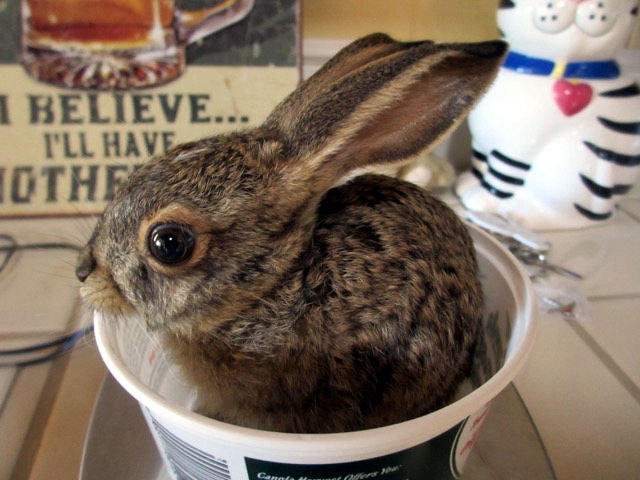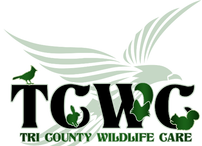March 2021 - the Black Tailed Jackrabbit
|
Do you know the difference between a hare and a rabbit? And that Bugs Bunny was not a rabbit!
The black-tailed jackrabbit is a true hare. Hares differ from bunnies in that they are leaner and larger, have longer ears and are less social. Bugs Bunny with his long ears was not a rabbit. But there is one more difference; new born hares are fully developed at birth with fur, eyes open, and ready to...hop. The black-tailed jackrabbit is found in the western United States from Washington to California and east to Nebraska and Texas. Black-tailed jackrabbits have a black stripe down their back, a black patch on their rump, black on the upper part of the tail and their underside, including under the tail, is creamy white. The female is larger than the male. The overall color is a dark buff peppered with black. They are about two feet in length and weight between 3 and 7 pounds. The jackrabbit’s large ears help them lose heat and cool their body in summer. Their large eyes situated high on a slightly flat head give them almost 360 degrees of vision and make it easier to spot predators. They breed year-round and have 3 or 4 litters per year. The litter is comprised of 1 to 6 young which are called "leverets". The female may or may not prepare a nest, or "form", lined with fur for the young. The young are precocial, meaning they are mobile and can thermo-regulate shortly after birth. Females nurse the young for only 2 or 3 days, and the leverets may be independent in as little as a month. Jackrabbits are speedy. When frightened out from under cover, they can spring 20 feet with each bound and travel at 30-35 miles per hour. To evade predators, they escape in a zigzag fashion and flash the white underside of the tail to warn other jackrabbits of danger and to confuse predators. Unlike rabbits, jackrabbits do not live in burrows. They spend the hot afternoons in a shallow depression under bushes and then are more active at night. Jackrabbits are hungry critters and eat almost constantly consuming more than their size might suggest. Fifteen jackrabbits can eat as much as one grazing cattle! Grasses and herbs plus twigs and young bark from woody plants make up most of their diet in summer and in fall to winter they eat shrubs. Jackrabbits do not drink water but quench their thirst from water-rich plants. Jackrabbits acquired their name from early settlers who noticed their long ears resembled the jackass thereby calling them "jackass rabbit" which was later shortened to jackrabbit. We have references to jackrabbits in our everyday speech. "Hare-brained" may come from hares tendency to be spooked easily when in captivity. "Mad as a March hare" refers to activity during breeding season which includes leaping into the air. The female, or Jill, taunts the male, called a Jack, to give her chase for many miles. If she deems him fit, they will mate. If she isn't interested, she may stand up and punch him! Tri County Wildlife Care, a local nonprofit started in 1994, is dedicated to the rescue and rehabilitation of our native wildlife and helping our community live in balance with wildlife. They envision a world where wildlife and people thrive together. For more information call (209) 283-3245, or visit pawspartners.org. |
Learn More!
|


